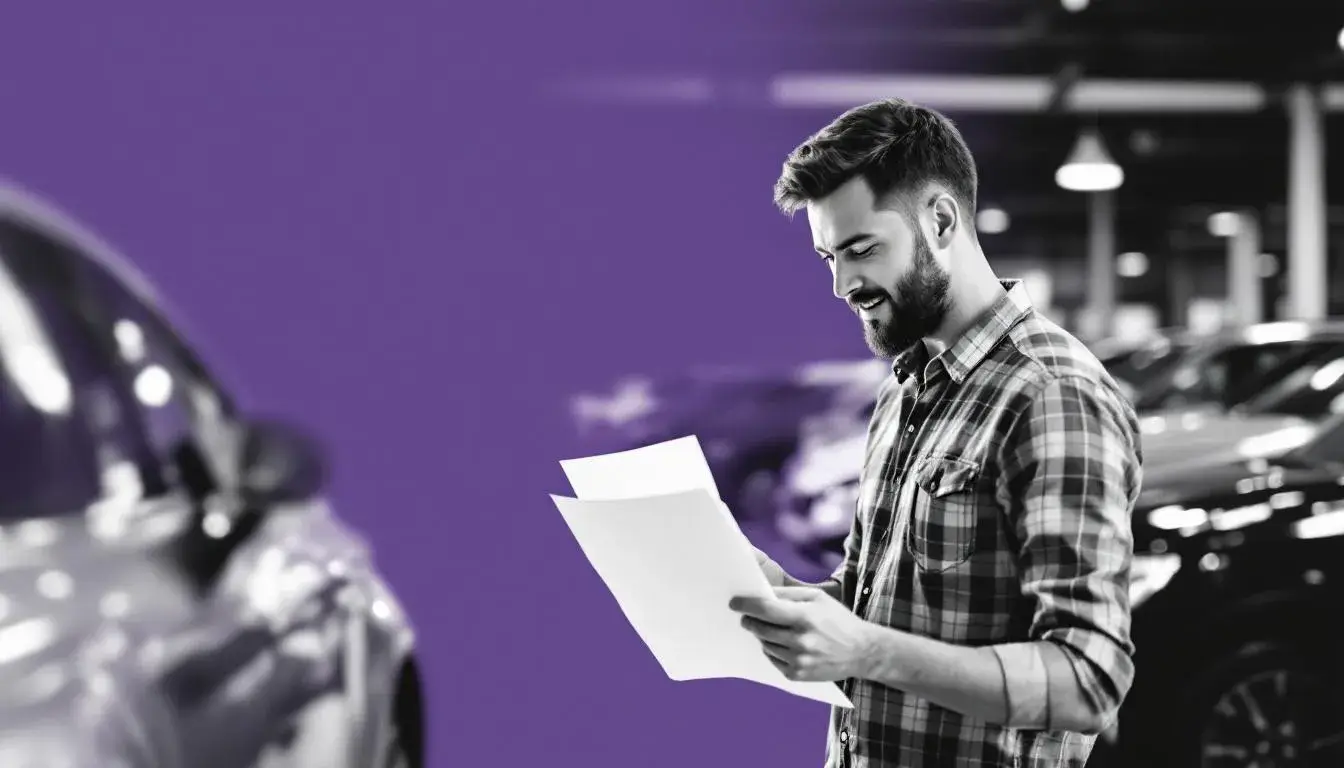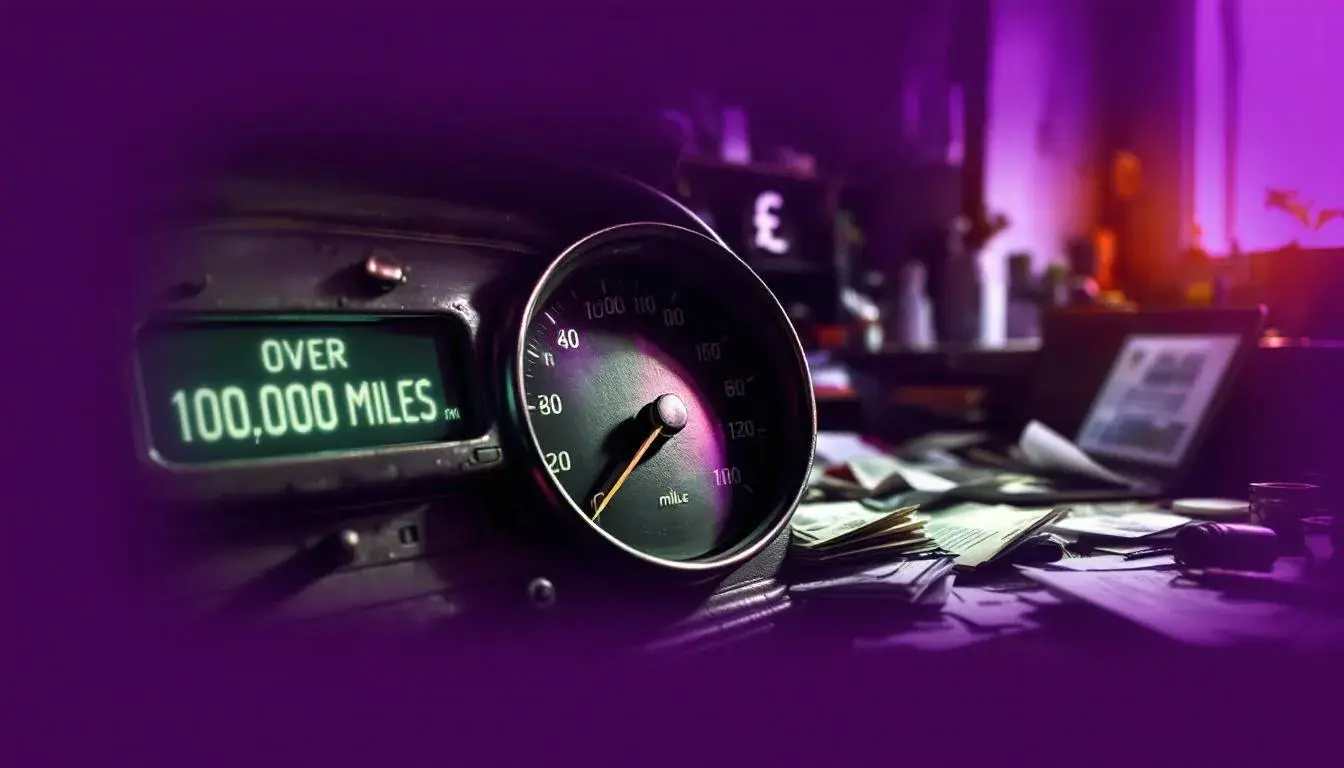
Part Exchange Car Finance: How It Works and What to Weigh

Why This Guide Matters
Navigating car finance can feel daunting, especially when you have an existing vehicle to factor in. Part exchange car finance offers the convenience of trading in your current car as part of the deposit on your next one, but the process is often misunderstood. Many UK drivers wonder if they’re getting a fair deal or if there’s a smarter financial route to take. This guide clarifies the ins and outs of part exchange car finance, helping you understand your position, maximise your value, and avoid common missteps. Whether you’re upgrading, downsizing, or simply exploring your options, being informed is the key to a confident, cost-effective decision.
The Basics Explained
Part exchange car finance allows you to trade in your existing vehicle to reduce the amount you need to borrow for a new or used car. Instead of selling your car privately, you offer it to the dealer as part of the transaction. The dealer assesses your car’s value, which is then used as a deposit toward your next vehicle purchase. The remaining balance is typically covered by a finance agreement, such as a Personal Contract Purchase (PCP) or Hire Purchase (HP).
Here’s how it typically works:
Vehicle appraisal: The dealer inspects your car and makes a valuation based on its age, mileage, condition, and market demand.
Offer: You receive an offer, which you can accept or negotiate.
Finance arrangement: The agreed value is used as a deposit for your new car finance deal.
Settlement of existing finance: If you still owe money on your current car, the dealer will settle this with your finance provider, deducting any shortfall from your part exchange value.
This approach streamlines the process, saving you time and the hassle of private sales, but it’s important to understand the implications for your finances.
How It Affects You
For many UK car buyers, part exchange is an appealing prospect. It removes the stress of advertising, meeting buyers, and haggling over price. However, convenience can come at a cost. Dealers may offer less than you’d achieve through a private sale, factoring in their own resale margins and potential refurbishment costs.
If there’s outstanding finance on your current car, the process becomes more complex. The dealer will typically settle the remaining finance balance directly with your lender. If your car’s value is higher than the settlement figure (positive equity), the surplus is used as a deposit. If it’s lower (negative equity), you’ll need to cover the shortfall, either upfront or by adding it to your new finance agreement.
It’s also worth considering how the part exchange value impacts your monthly payments. A higher deposit (from a valuable trade-in) means you borrow less, reducing monthly costs and overall interest. Conversely, a low part exchange valuation could mean higher borrowing and increased costs over the term of your finance.
Ultimately, part exchange can be financially sound if you’re realistic about your car’s value and transparent about any existing finance.
Our Approach
At Kandoo, we believe in empowering you with clarity and choice. As a retail finance broker, we have access to a wide panel of lenders and a deep understanding of the UK motor finance landscape. Our approach to part exchange is rooted in transparency, aiming to ensure you get a fair deal that aligns with your financial goals.
How we help:
Independent valuations: We guide you in understanding what your car is really worth, using industry-standard tools and recent market trends.
Tailored finance options: Whether you’re considering PCP, HP, or another product, we help structure your deal around your part exchange value and personal circumstances.
Negative equity advice: If you owe more than your car’s value, we explain your options—whether that’s settling the difference, rolling it into your new agreement, or exploring alternatives.
Negotiation support: We encourage you to compare dealer offers with independent valuations and help you negotiate for a better deal where possible.
Hassle-free process: We liaise with dealers and finance providers to handle settlement paperwork, ensuring a smooth transition from your old vehicle to your new one.
Our commitment is to provide measured, impartial advice so you can proceed with confidence, knowing you’ve considered all angles.
Before You Decide
Before committing to a part exchange arrangement, it pays to do your research:
Value your car realistically. Use online valuation tools from sources like Parkers or Auto Trader to get a ballpark figure. Compare this with dealer offers.
Check your settlement figure. If you have outstanding finance, request a settlement statement from your lender. This figure may differ from your regular balance.
Inspect your car honestly. Be aware of any cosmetic or mechanical issues that might affect its value. Dealers will factor in refurbishment costs.
Get multiple offers. Don’t accept the first valuation—shop around with several dealers.
Understand the finance terms. Check interest rates, repayment periods, and any fees for early settlement or additional borrowing if rolling in negative equity.
Approaching the process methodically ensures you’re not caught off guard by hidden costs or disappointing offers.
What’s Real, What’s Hype
Part exchange is often marketed as a straightforward, ‘no-hassle’ solution. While it does simplify the process, the reality is more nuanced. Dealers may talk up the convenience but downplay the potential for a lower valuation. Promises of ‘guaranteed best price’ should always be scrutinised. The real value lies in being informed: know your car’s worth, understand your finance options, and don’t be rushed by time-limited offers.
A measured approach cuts through the hype, ensuring you make decisions based on facts—not sales tactics.
Pros & Cons
| Pros | Cons |
|---|---|
| Convenience – quick, one-stop deal | Lower valuation than private sale |
| Dealer handles finance settlement | Possible negative equity issues |
| Reduces paperwork and admin | Less room for negotiation |
| Immediate deposit for next car | Limited choice of new cars |
| No need to advertise or meet buyers | Offers may be non-negotiable |
Weigh these factors against your own priorities—speed and convenience versus potential maximum value.
Other Options to Consider
If part exchange doesn’t feel like the right fit, consider these alternatives:
Sell privately: Often yields a higher sale price, though it requires more effort and time.
Online car buying services: Companies like WeBuyAnyCar offer instant quotes and fast sales, but valuations can be conservative.
Early settlement: Pay off any outstanding finance, then sell your car outright. This may give you greater bargaining power as a cash buyer.
Dealer sale without part exchange: Sell your car to a dealer for cash, then use that money as a deposit. This separates the transactions, potentially increasing transparency.
Each option has its own advantages and trade-offs in terms of speed, value, and convenience.
FAQs
1. Can I part exchange a car with outstanding finance?
Yes. The dealer will usually settle the outstanding finance on your behalf. If your car is worth more than what you owe, the difference is used as your deposit. If not, you’ll need to pay the shortfall or add it to your new finance agreement.
2. How is my car valued in a part exchange?
Dealers assess your car’s age, mileage, condition, service history, and market demand. You can check online valuation tools for a ballpark figure, but be aware that dealer offers may be lower.
3. Will I get a better deal by selling privately?
Usually, yes. Private sales tend to fetch higher prices, but they require more effort, time, and risk management.
4. Can I negotiate a part exchange offer?
Yes, but there may be less flexibility with some dealers. Having independent valuations helps you argue your case.
5. What happens if I have negative equity?
If your outstanding finance is more than your car’s value, you’ll need to pay the difference, or in some cases, roll it into your new finance agreement.
6. Does part exchange affect my new finance deal?
Yes. The more your car is worth, the less you need to borrow, which can lower your monthly payments and total interest.
7. Is part exchange available on all types of finance?
Most commonly, part exchange is used with PCP, HP, and personal loans. Speak to your broker or dealer for specifics.
8. Are there risks involved?
The main risks are undervaluing your vehicle, accepting unfavourable finance terms, or rolling negative equity into a new deal.
Next Steps
Take time to research your car’s value and compare multiple dealer offers. Check your current finance settlement figure and explore several finance products. Reach out to a broker like Kandoo for impartial guidance, ensuring your next car finance decision is based on clear facts and your own financial priorities.
Buy now, pay monthly
Buy now, pay monthly
Some of our incredible partners
Our partners have consistently achieved outstanding results. The numbers speak volumes. Be one of them!


TOTAL CARBON SAVINGS

eFOLDi










